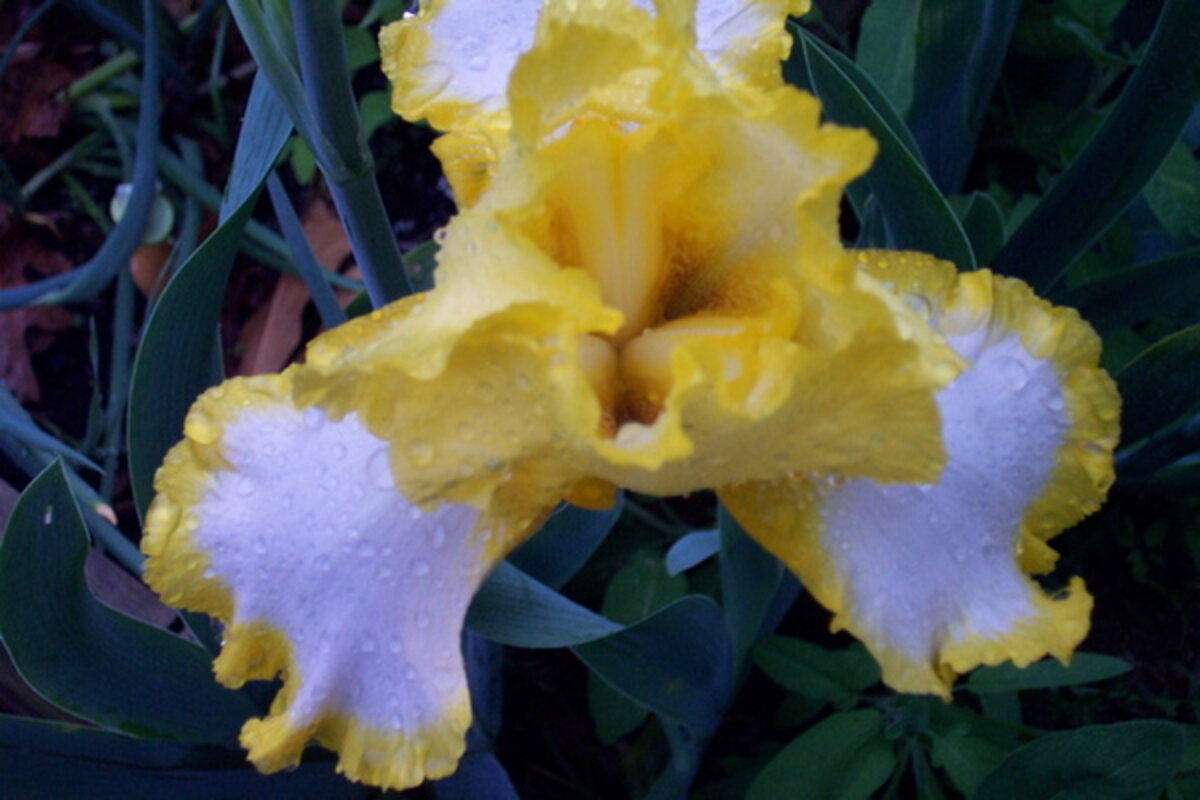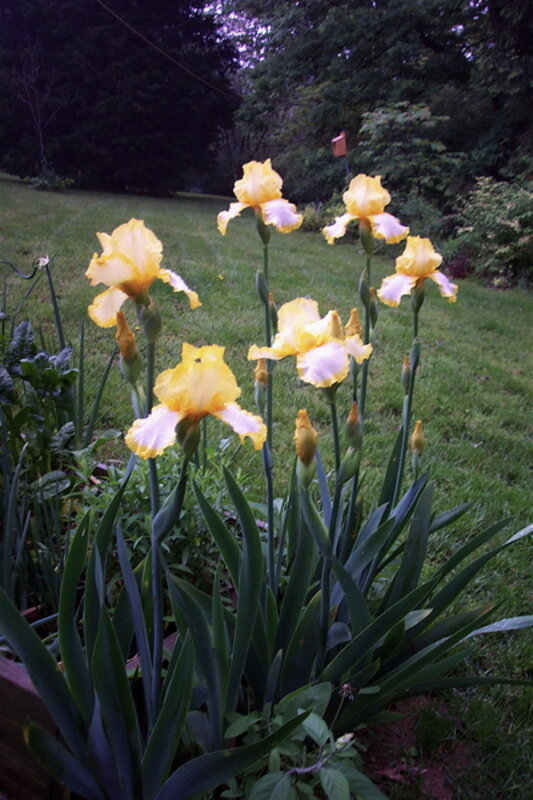Enjoy iris season without borers
Loading...
The bearded irises are blooming in northern Virginia, and they are having a good year. They are are tall, vibrant, and full of majesty.
That's in spite of a lot of damage to dogwoods and other plants from last year’s heat and drought. Fortunately, irises love hot and dry weather.
With our heavy soils, I encourage folks so the rhizomes gets some sun – not too deep. And I also recommend that they rip off all the foliage in winter to get rid of iris borer eggs, deposited in the fall and hatching in spring. (More on those pesky borers in a minute.)
Fleeting beauty
Iris colors are all over the map, from black and true blue to vivid bicolors and the most achingly beautiful shades of orchid, lavender, purple, and mauve.
It’s hard to pass by a group of irises without a peek inside and a whiff of that rich grape fragrance.
I would love irises even more if they stayed beautiful longer, but they are part of the changing flower parade in Virginia, and the next in line is peony season.
How to get rid of iris borers
But the downside is we can’t let our bearded irises go too long before they develop problems from iris borers.
I have often shown my clients how to clean out the iris borers from rhizomes and cut out the soft rot that follows them. The odor of soft rot is distinctive and definitely not grape.
The part that I enjoy most is when the client goes from “how can you touch that” to “die, borer, die” and dispatches the fat pink larvae themselves. A quick rinse in bleach enhanced water and drying in the sun saves the rhizome.
Here are some websites with more information about iris borers and how to deal with them:
[Editor's Note: You may also be interested in these recent Diggin' It articles about irises: Dwarf bearded irises offer gardeners many advantages and Iris cristata, a native plant, is a charmer in the shade garden.]
-----
Donna Williamson blogs regularly at Diggin' It. She's a master gardener, garden designer, and garden coach. She has taught gardening and design classes at the State Arboretum of Virginia, Oatlands in Leesburg, and Shenandoah University. She’s also the founder and editor of Grandiflora Mid-Atlantic Gardening magazine, and the author of “The Virginia Gardener’s Companion: An Insider’s Guide to Low Maintenance Gardening in Virginia.” She lives in the Shenandoah Valley of Virginia. To read more by Donna, click here.





